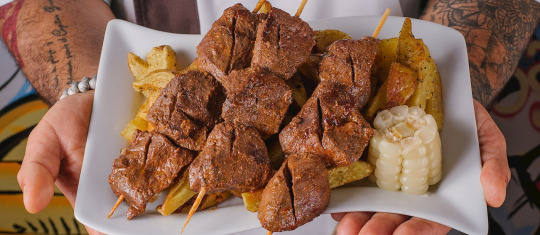#Inca
Text
Peruvian whistling vessels simulating animal calls (some of the oldest found date to c. 500–300 BCE)
#Peru#Peruvian#whistling vessels#animal vessels#archaeology#history#ceramics#Inca#Incan#art#sculpture#animal calls
20K notes
·
View notes
Text

Black Inca Hummingbird (Coeligena prunellei), family Trochilidae, order Apodiformes, endemic to Colombia
photograph by @ernestoobandog | IG
2K notes
·
View notes
Text
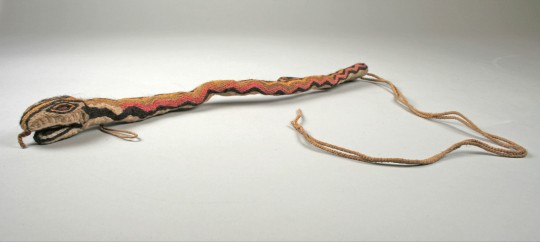
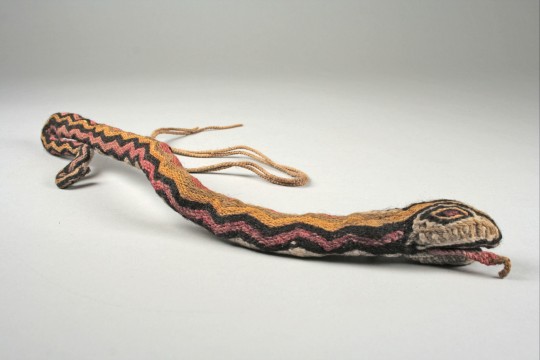

~ Serpent ornament.
Date: A.D. 1450–1532
Place of origin: Peru
Culture: Inca (?)
Medium: Cotton, camelid hair
#15th century#16th century#history#museum#archeology#ancient history#archaeology#serpent ornament#serpent#snake#inca#peru#a.d. 1450#a.d. q#a.d. 1532
2K notes
·
View notes
Text
oh hello! i made a little uquiz assigning you a historical period (and maybe i call you gay)
#uquiz#tagamemnon#history#quiz#inca#napoleonic wars#ancient greece#classical greece#rome#roman empire#minoan#regency#ottoman#medieval#well medieval monastary era#idc about the rest of the medieval period SORRY#italian renaissance#new kingdom#egypt#edo japan#i had fun with this#and i was rude as always#its fun to call people gay#and unoriginal#classics
5K notes
·
View notes
Text
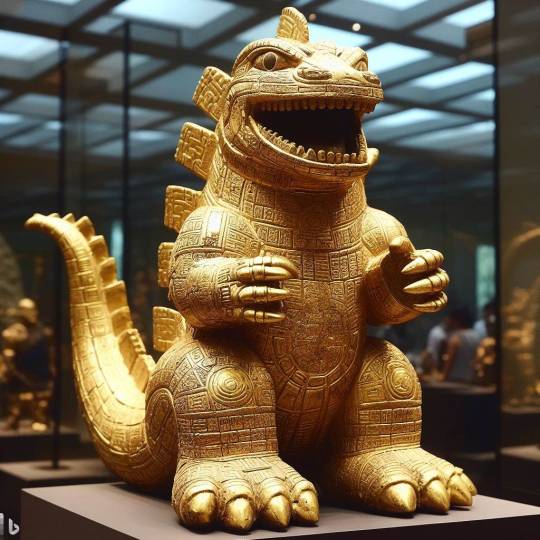
Gold Incan idol of Godzilla, looted by the Spanish conquistadors.
174 notes
·
View notes
Photo



“Zorrino! You’re a prince now?”
“Well, I guess I will be once Maita and I are married! What about you, amigo Tintin?”
“I uh, got fired by my newspaper.”
I always wondered what the hell happened to Zorrino, they just let him stay in a hidden community they barely interacted with? Does he have any family outside? Any friends? Colleagues? He sells oranges, he must know some people. Will he ever be allowed to go outside ever again? Not to mention how much he’d have to adjust to. In the 1969 Belevision animated adaptation they gave Zorrino a love interest (Princess Maita) which partially explains his decision to stay in the Inca city.
I can’t help but feel his original community would notice him being missing too, like two white guys with firearms show up and return from the forest without him. yeah prisoners of the sun was pretty whack
#fanart#tintin#Adventures of Tintin#captain haddock#archibald haddock#zorrino#snowy#milou#princes maita#inca#animation#2d animation#gifset#gif#character design#his life must have been pretty terrible for him to decide to live with the people who tried to kill him and his friends#apologies if the costume designs are inaccurate#i really tried with researching but i find google is getting less and less helpful#finding relevant sources is becoming harder#ive started to collect physical reference books on all kinds of things lol
727 notes
·
View notes
Text
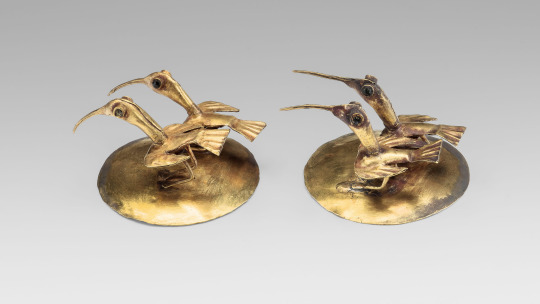
Gold ear ornaments with Ibis, Incan, 1200-1450 AD
from The Art Institute of Chicago
223 notes
·
View notes
Text
I have no idea what this "Mirrorverse" game is but Kuzco's design in it absolutely SLAPS
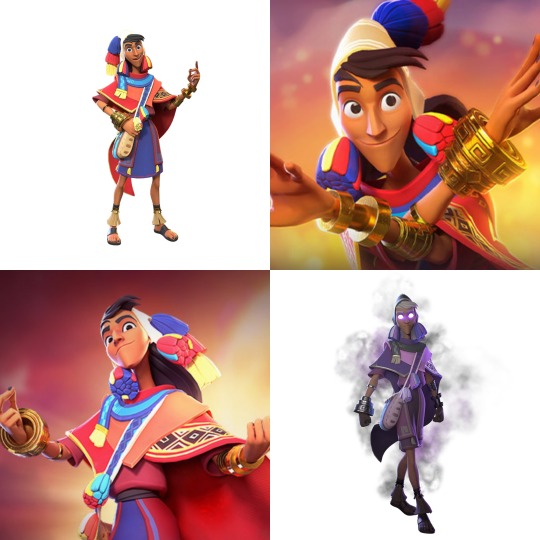
#love that it represents his culture while also looking cool asf#Kuzco#Emperor kuzco#Disney#Inca#Mirrorverse
77 notes
·
View notes
Text

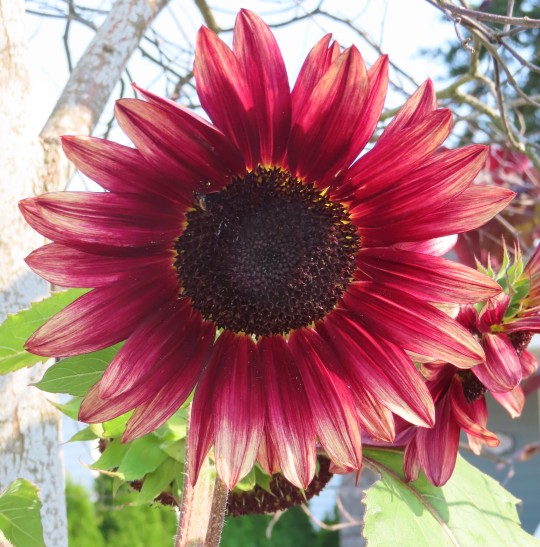
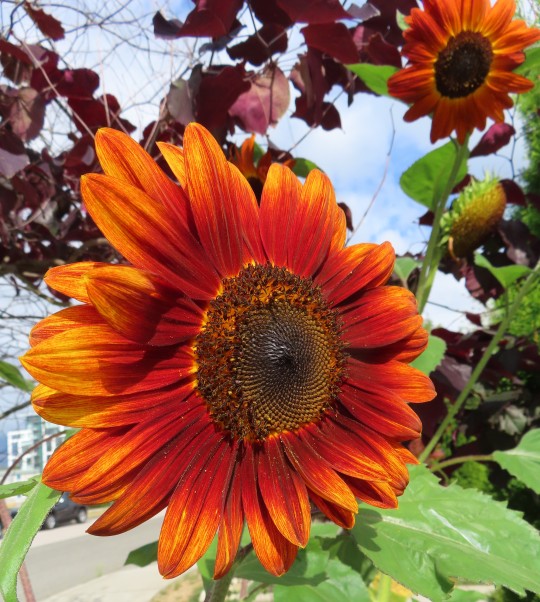
Helianthus annuus (sunflower)
Sunflowers were first domesticated in the southeastern US about five thousand years ago. A thousand years later they were being grown as a food crop from South America to southern Canada. Many indigenous peoples used the sunflower as a symbol of the solar deity. The Aztecs in Mexico and the Incas in Peru often represented sunflowers as stone motifs in their temples.
Sunflowers arrived in Europe in 1510 and they were an instant sensation. Nowadays Russia and the Ukraine are the largest producers of sunflowers in the world, grown mostly for cooking oil. However as per usual, plant breeders have produced umpteen cultivars and the Royal Horticultural Society has given the Award of Garden Merit to no less than 46 different varieties of sunflowers.
These particular sunflowers are a horse of a different color. They seem to challenge my concept of what a sunflower should look like. After all, isn't a sunflower supposed to be yellow? You know, like the sun.
166 notes
·
View notes
Photo
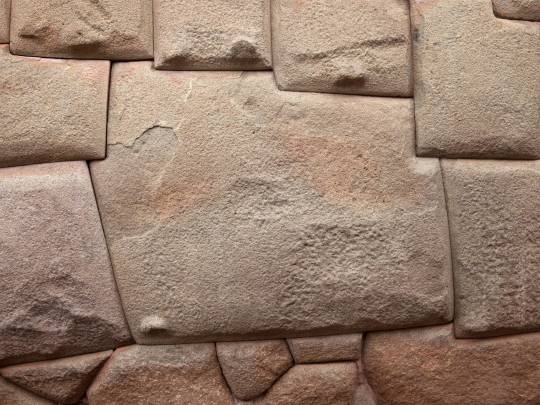
Fashioned out of green diorite, the twelve-angled stone is part of the Lienzo Pétreo wall in Cuzco, an inward leaning wall that encircles the now-destroyed Palace of Hatunrumiyoc. Comprised of multiple massive stone blocks, the wall was built without the aid of mortar or any kind of binding material. Each block was cut to fit perfectly with every other surrounding block, requiring a painstaking amount of care and attention to detail. In fact, the joints of the wall are so precisely fashioned that even today, hundreds of years after it was first constructed, not even a single piece of paper can fit between any of the wall’s blocks.
While the entire wall is a sight to behold, the stone of twelve angles, so named for the twelve distinct cuts that form twelve corresponding joints, stands apart as the crown jewel of this geometric feat. It remains a popular attraction in the Peruvian city, and a longstanding testament to the Incas’ devotion to their craft.
260 notes
·
View notes
Text

// hochkultur //
web instagram
by Georg Nickolaus
#machupicchu#peru#photographers on tumblr#landscape#abandoned#ruins#landscape photography#inca#inca empire#andes#travel
55 notes
·
View notes
Text
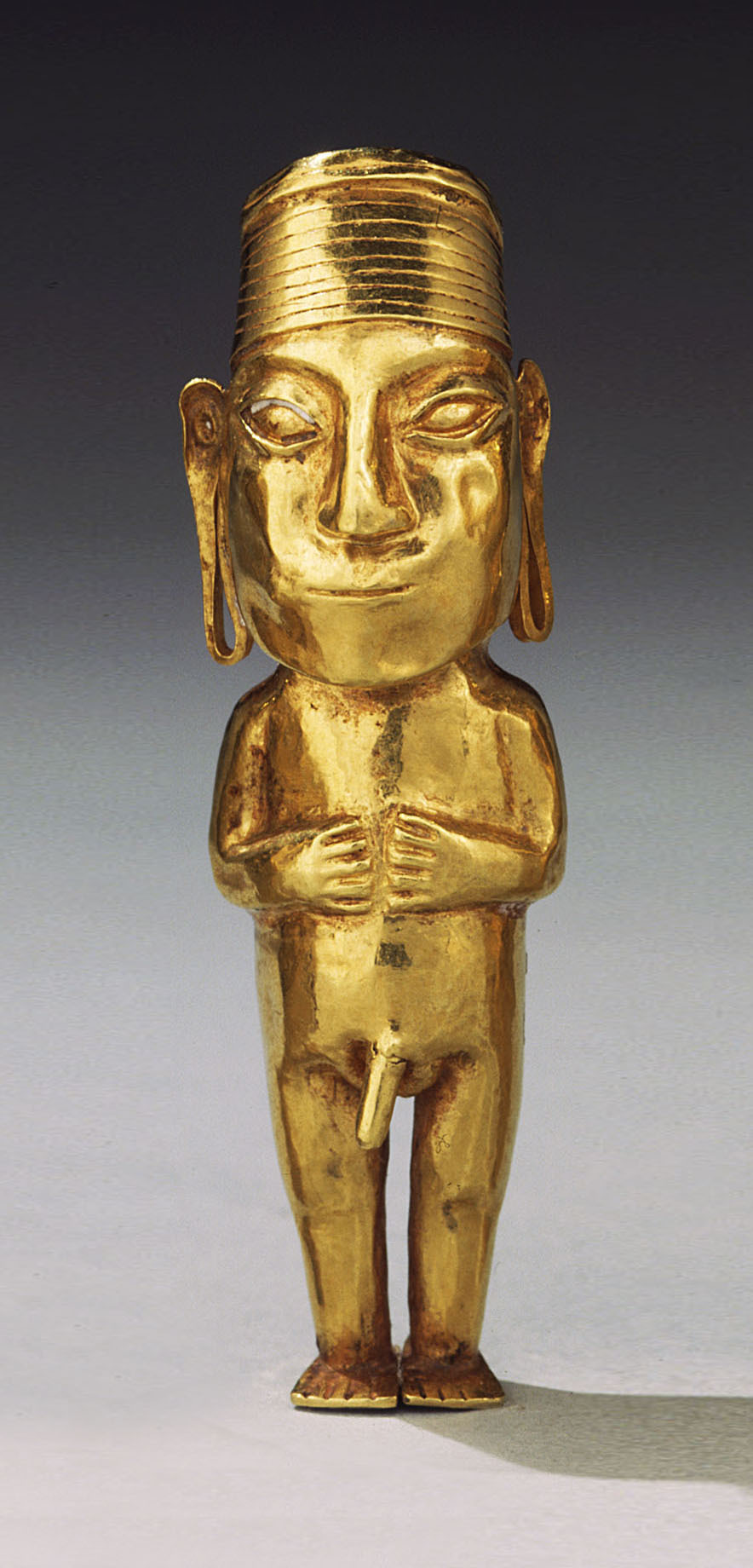
Gold figurine, Inca, circa 1450-1540
from Dumbarton Oaks
326 notes
·
View notes
Text

Armband Depicting Horse and Rider with Animals
Inca, 16th century, after 1532
This flat sheet of gold ornament demonstrates the continuity of style and technique in the goldwork of Peru. The piece is important because it can be dated by the representation of a Spaniard in armor, seated on a horse, having been made just at the time of the conquest. The artist indicated his unfamiliarity with a horse by portraying it with the cloven hooves of a llama.
31 notes
·
View notes
Text
Time Travel Poll Winner Second Round Match Up 8:
These Questions are the winners from the previous iteration.
Please add new suggestions below, if you have them, for future consideration.
30 notes
·
View notes
Text
Quechua might be Peru’s second-most spoken language but it’s also a language in decline. One young girl is working hard to save it, by combining Quechua with pop music.
81 notes
·
View notes
